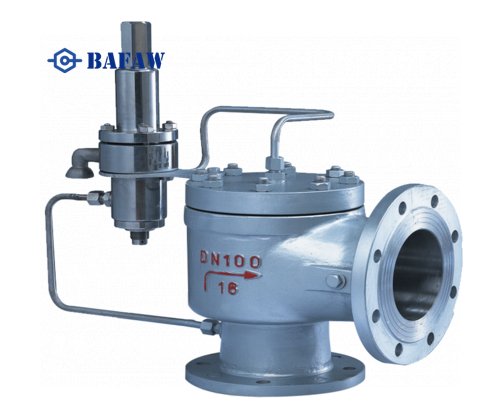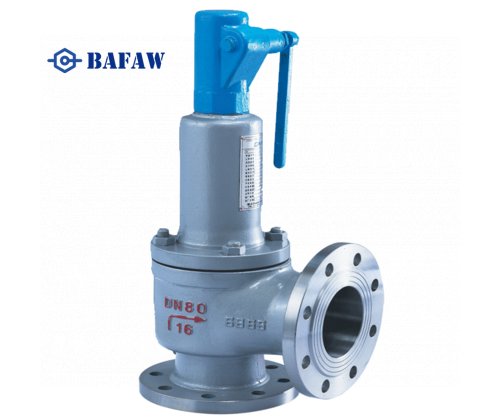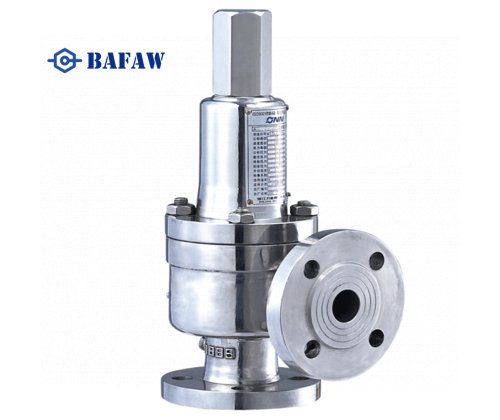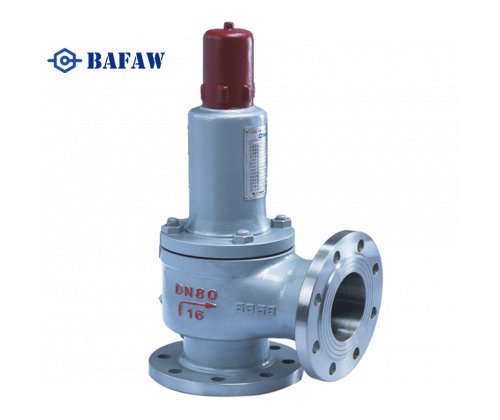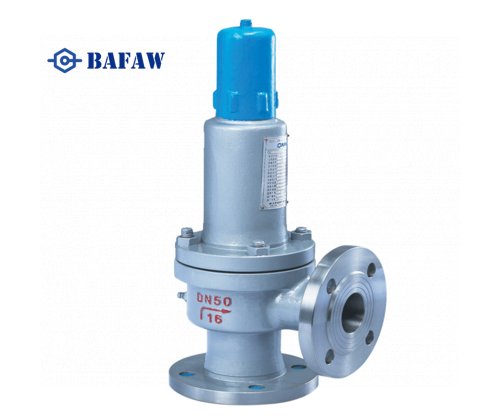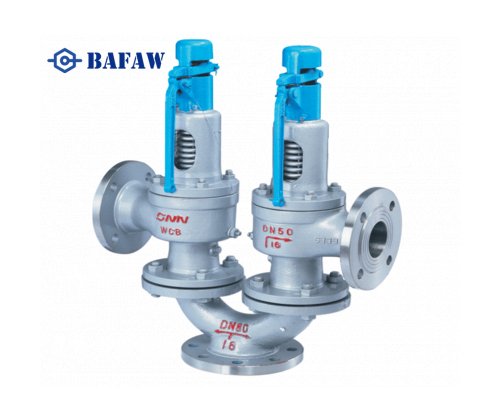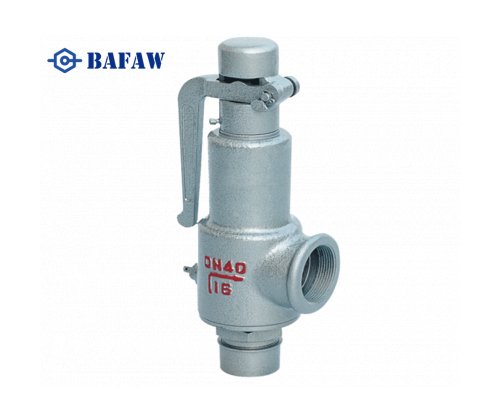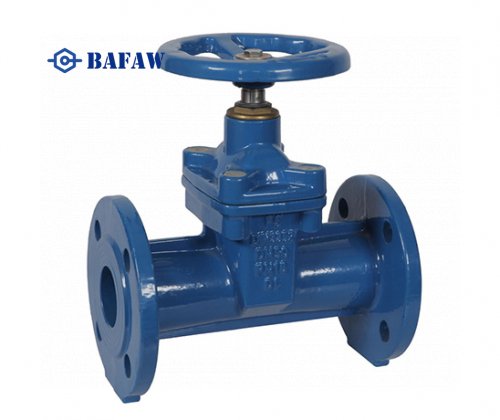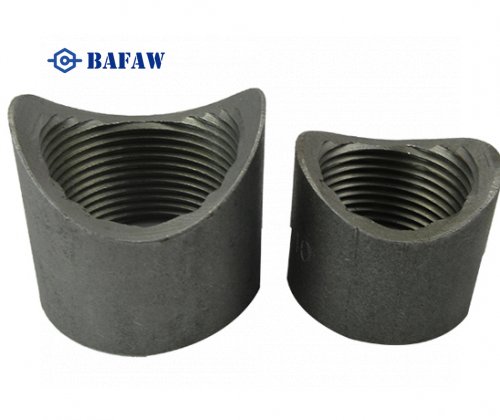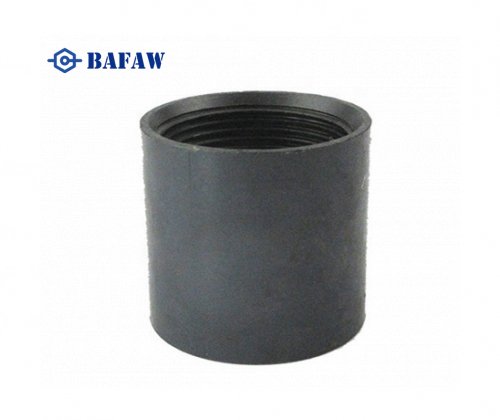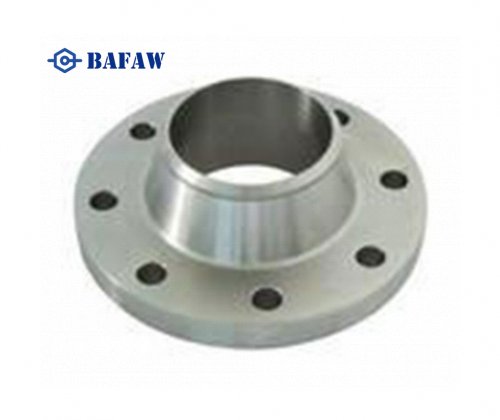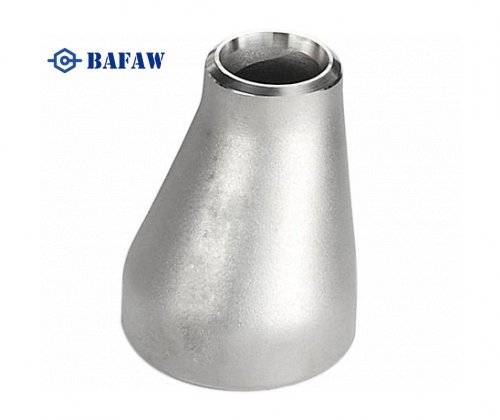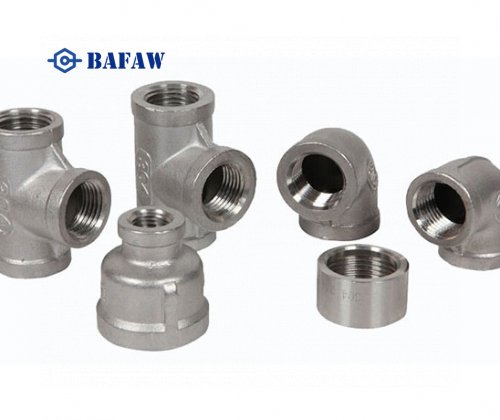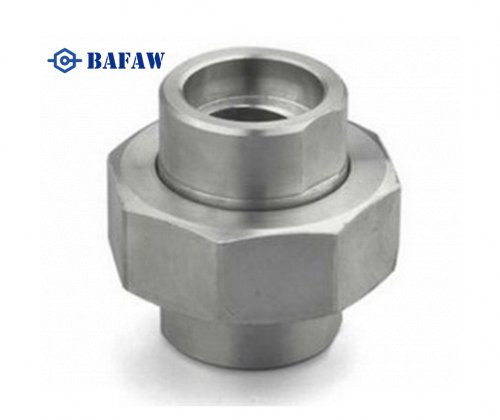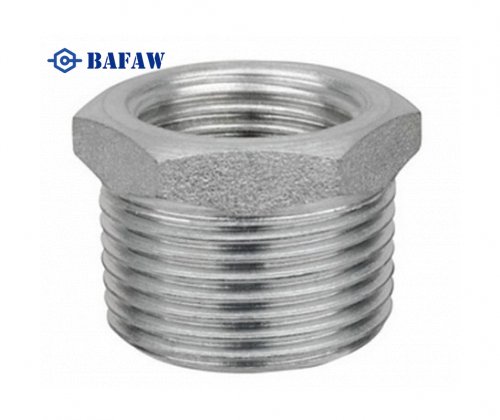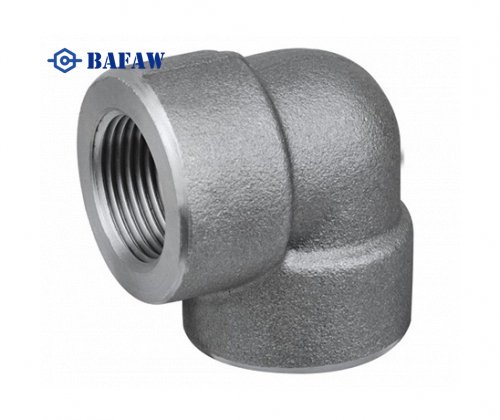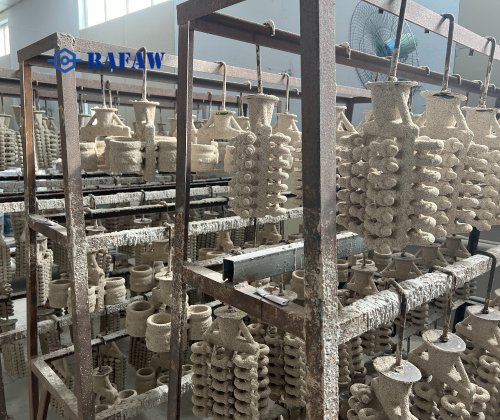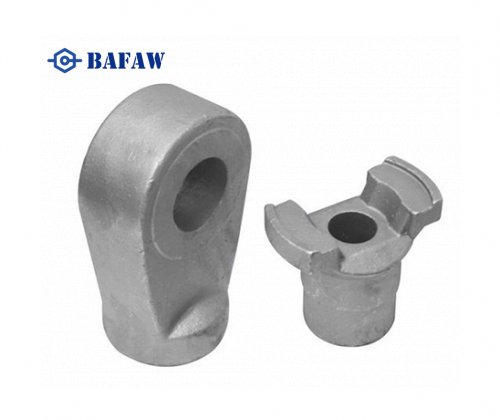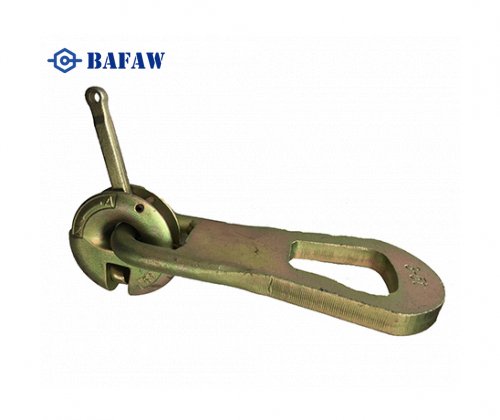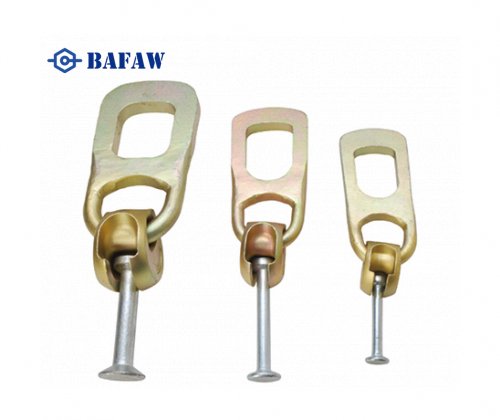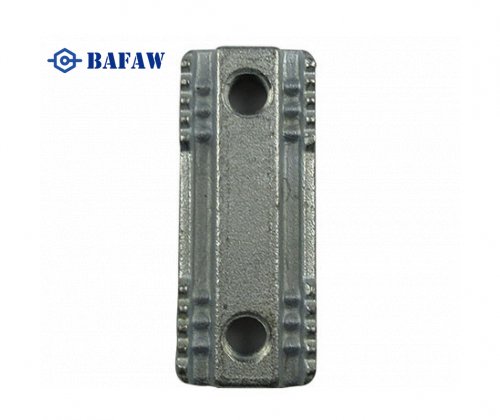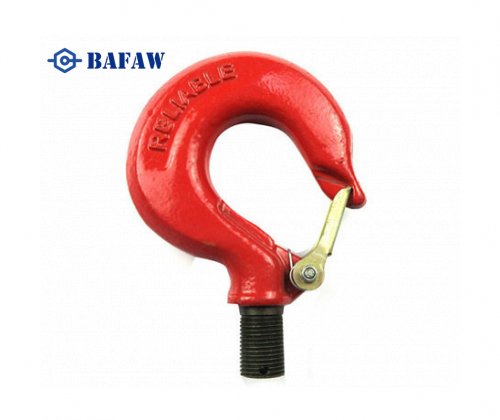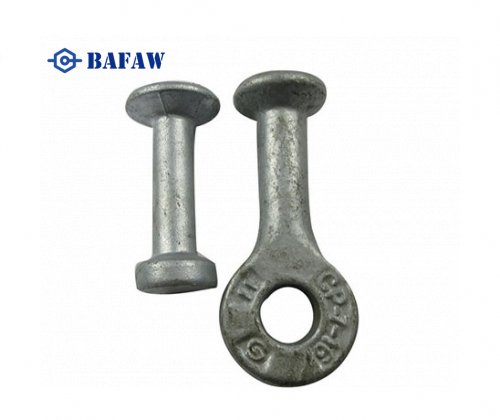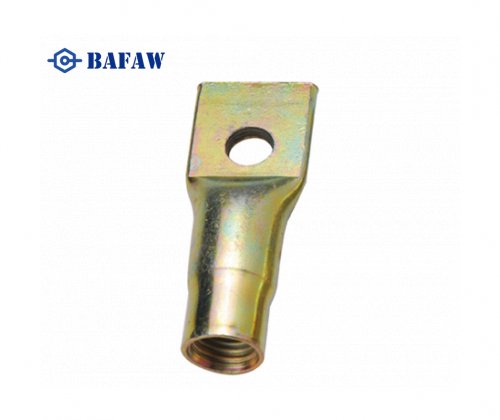Lap Joint Flanges are common piping connection devices used to join two pipes or a pipe and equipment together. They allow axial and angular movement at the joint while maintaining sealing properties.
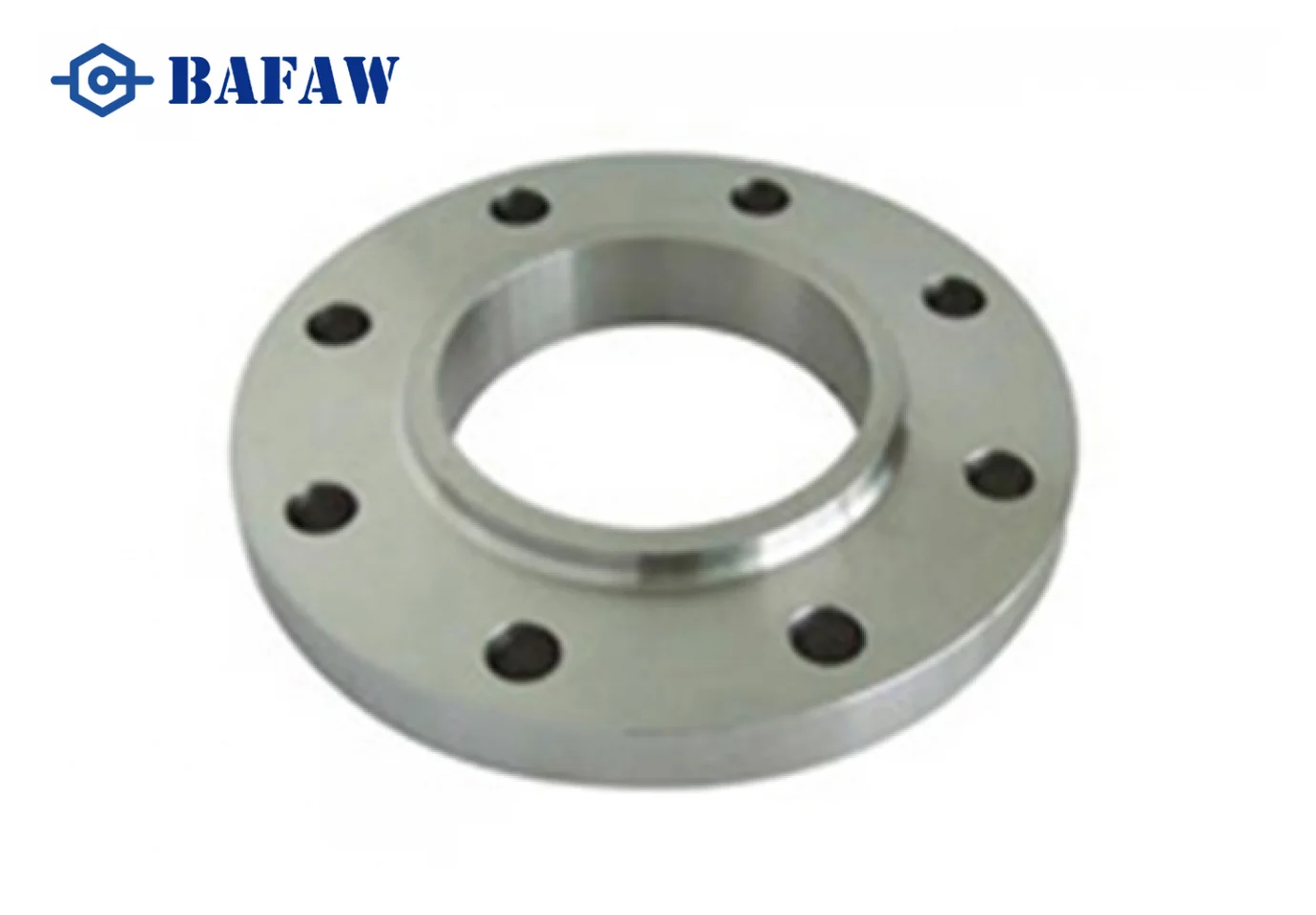
What are the main advantages of Lap Joint Flanges?
The main advantages include the ability to absorb stresses caused by thermal expansion, vibrations, or geological movements in piping systems, providing some flexibility; easy installation and disassembly; reducing stress concentration in the piping system; and providing sealing properties.
What are the design principles of Lap Joint Flanges?
Design principles include ensuring sufficient axial and angular displacement capability, selecting appropriate materials to meet the working environment requirements, ensuring flange sealing performance, and considering factors such as working pressure and temperature of the piping system.
How do you install Lap Joint Flanges?
When installing Lap Joint Flanges, ensure that the flange and pipe end surfaces are smooth and clean, and install sealing gaskets correctly. Carefully adjust the position of the Lap Joint Flanges during installation to ensure that their axial and angular displacement capabilities are fully utilized.
What are the maintenance methods for Lap Joint Flanges?
Maintenance of Lap Joint Flanges includes regular inspection for leaks at flange joints to ensure good sealing performance, checking for damage or corrosion on flanges and pipes, and replacing sealing gaskets or repairing damaged flange joints when necessary.
How to address leakage issues with Lap Joint Flanges?
Leaks in Lap Joint Flanges may occur due to damaged sealing gaskets, loose or damaged flange connections, etc. Solutions include replacing sealing gaskets, re-tightening flange bolts, or repairing damaged parts of the flange connection.

What projects are Lap Joint Flanges suitable for?
Lap Joint Flanges are suitable for various piping systems, especially in environments with significant temperature changes or where vibration absorption is needed. Common applications include petrochemical, power generation, water supply, HVAC, etc.
What are the selection principles for Lap Joint Flanges?
When selecting Lap Joint Flanges, consider factors such as the working pressure, temperature, nature of the medium, flange size, and material to ensure that the chosen Lap Joint Flanges meet the requirements of the project and have good performance and reliability.
What materials are available for Lap Joint Flanges?
Lap Joint Flanges are commonly made of materials such as carbon steel, stainless steel, alloy steel, etc. Material selection should consider factors like pipe medium, temperature, pressure, and ensure resistance to corrosion, wear, and high temperatures.
What standards apply to Lap Joint Flanges?
Manufacture and use of Lap Joint Flanges typically adhere to standards such as ASME, API, DIN, etc. Ensure compliance with applicable standards and specifications when selecting Lap Joint Flanges.
What are the requirements for the installation position and method of Lap Joint Flanges?
The installation position of Lap Joint Flanges should avoid external disturbances and ensure sufficient space for movement. Install Lap Joint Flanges correctly according to design requirements and strictly follow relevant standards and specifications.
How is the performance of Lap Joint Flanges evaluated?
Lap Joint Flange performance evaluation includes tests for sealing performance, load-bearing capacity, etc. Evaluation methods may include pressure testing, vacuum testing, etc., to ensure Lap Joint Flanges meet design and operational requirements.
How to choose the right sealing gasket for Lap Joint Flanges?
Selection of sealing gaskets should consider medium characteristics, temperature, pressure, etc. Common sealing gasket materials include rubber, polytetrafluoroethylene (PTFE), graphite, etc. Choose the appropriate sealing gasket based on specific conditions.

What are the costs and maintenance expenses associated with Lap Joint Flanges?
The cost of Lap Joint Flanges depends on factors such as materials, size, standards, etc. Additionally, consider installation and maintenance expenses, including regular inspections, gasket replacements, and repairs. Budget accordingly for these costs.
These FAQs provide insights into various aspects of Lap Joint Flanges, aiding u in understanding their design, installation, and maintenance considerations effectively. If you have any further questions or need additional assistance, please feel free to contact us.

















